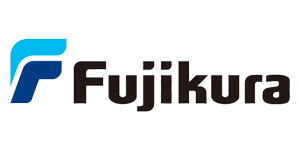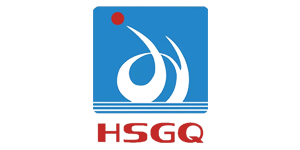ADSS Fiber Cable 12 Core B1.3
Product Discription of ADSS Fiber Cable 12 Core B1.3:
The fiber is made of quartz glass (silicon dioxide), which is generally divided into three layers: the core is a 9 micron high refractive index glass core, the second layer is a 125 micron low refractive index cladding, and the outer layer is a protective resin coating with a diameter of 245 micron.
This product has excellent mechanical stability and environmental performance; there is no metallic material in the ADSS cable, it has excellent performances such as resistance to lightning stroke and electromagnetic interference. This ADSS cable is light weight, high tensile strength and lng-span erection crossing the river and canyons.This product has produced in enormous quantities, it has mature and stable production engineering, strict requirements of quality control, scheduled validation product performance to ensure the product reliability.
This specification is applicable to high voltage transmission system, also applies to long-span erection of ADSS cable communication lines in high-elevation thunderstrom area. This standard stipulates ADSS cable product classifications, type, model, structure, cable fiber technical parameters and text method, and the requirements of packing and storage.
This specification covers the classification,type,construction,technical parameter,packaging and storage requirements.
Fiber optic technology requirements:
|
No |
Items |
Test Requirement |
|
1 |
Core non-circularity |
≤ 6% |
|
2 |
Cladding diameter |
125.0±0.7μm |
|
3 |
Core/Cladding concentricity error |
≤ 0.6μm |
|
4 |
Cladding non-circularity |
≤ 1.0% |
|
5 |
Coating diameter |
245±10μm |
|
6 |
Cladding/Coating concentricity error |
≤ 12μm |
|
7 |
Attenuation coefficient |
1310nm≤0.35dB/km |
|
1550nm≤0.21dB/km |
||
|
8 |
Zero dispersion slope |
≤ 0.092ps/(nm2·km) |
|
9 |
Zero dispersion wavelength |
1300~1324nm |
|
10 |
Polarization dispersion |
≤ 0.20 ps/√km |
|
11 |
Mode field diameter |
1310nm:9.0±0.4μm |
|
12 |
cut-off wavelength |
1170~1330nm |
|
13 |
Chromatic dispersion coefficient |
1288~1339nm≤3.4ps(nm·km) |
|
1550nm≤18 ps/(nm·km) |
||
|
1625nm≤22 ps/(nm·km) |
Performance requirements and test methods of ADSS Fiber Cable 12 Core B1.3:
This product is tested according to the standard test method, through the technical requirements of relevant standards to determine the test results, the following are the test methods and test requirements of related items.
Tensile test of ADSS Fiber Cable 12 Core B1.3:
|
Test standard |
IEC 60794-1-21-E1 |
|
Test length |
≥10m |
|
Tensile rate |
20mm/min |
|
Duration |
10min |
|
Decision requirements |
RTS:The breaking force is not less than 100%RTS |
|
UOS(60%RTS):Fiber strain less than 0.35%, pulling force to remove no significant additional attenuation. |
|
|
MAT(40%RTS):The fiber strain is less than 0.05%, without significant additional attenuation. |
|
|
EDS(25%RTS):No obvious fiber strain, without significant additional attenuation. |
Crush test of ADSS Fiber Cable 12 Core B1.3:
|
Test standard |
IEC 60794-1-21-E3 |
|
Pressure load |
3600N |
|
Test length |
100mm |
|
Duration |
10min |
|
Decision requirements |
Under the pressure of 2200N, the additional attenuation of fiber is less than 0.1dB @1550 nm. |
|
After removal of pressure, there is no residual residual attenuation. |
Repeated bending test of ADSS Fiber Cable 12 Core B1.3:
|
Test standard |
IEC 60794-1-21-E6 |
|
Bending radius |
Fiber cable diameter less than 25 times |
|
Tensile load |
150N |
|
Bending times |
30 |
|
Decision requirements |
There is no residual residual attenuation at 1550nm wavelength. |
|
No visible cracking of sheath. |
Torsion test of ADSS Fiber Cable 12 Core B1.3:
|
Test standard |
IEC 60794-1-21-E7 |
|
Sample length |
1m |
|
Tensile load |
150N |
|
Twisting times |
10 |
|
Torsional angle |
±180° |
|
Decision requirements |
There is no significant additional attenuation at 1550nm wavelength in the reverse to the limit position. |
|
There is no residual residual attenuation in the starting position, and no visible crack in the sheath. |
Easy Checkout Online

Related Products
Get Callback
Leave your detail here, we will call you back
Welcome to Support Center
Support for all your needs, in one place. Sign in to get personalized help and access your registered devices, software and existing service requests.
Why create an account
Our Partners





Secure Payment By


